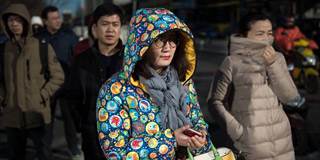Navigating America’s Economic-Policy Shocks
The changes to tax and trade policies under consideration in the US amount to a perfect storm of uncertainty that emerging-market countries must somehow navigate. Inadequate preparation will only aggravate the damage.
NEW YORK – With a series of tax and trade moves being considered in the United States this year, emerging-market economies are likely to face devaluation pressure and volatility.



NEW YORK – With a series of tax and trade moves being considered in the United States this year, emerging-market economies are likely to face devaluation pressure and volatility.